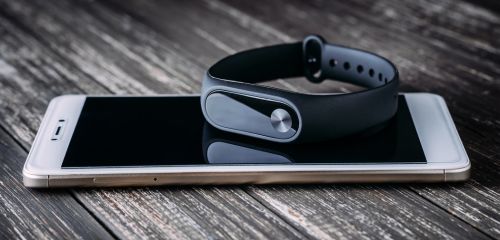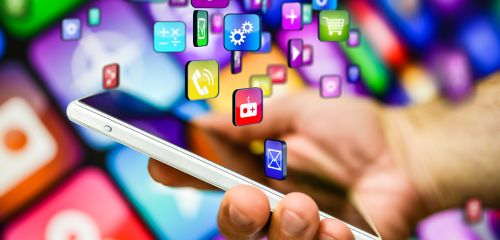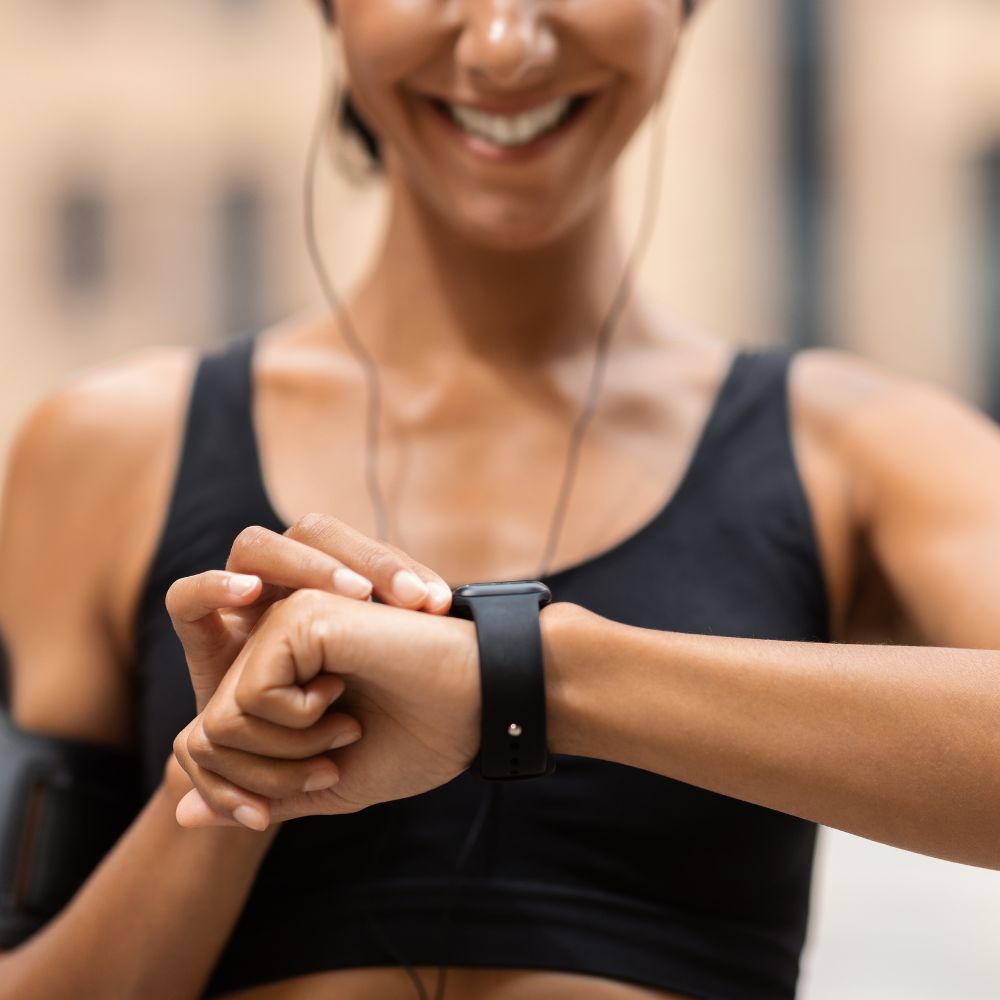Introduction
My journey into tech-assisted health monitoring began out of a mix of curiosity and necessity. A few years ago, I found myself struggling with unexplained fatigue and sporadic sleep patterns, which traditional health logs and sporadic doctor visits did little to illuminate. It was then that I turned to technology, initially through a basic fitness tracker, and soon I was diving into the broader world of health tech. This article is a personal account of how wearables and advanced health monitoring technologies have transformed my approach to health and wellness.
The First Step: Entering the World of Wearables
My study into health tech started with a simple wearable fitness tracker. I was fascinated by its capabilities: tracking steps, monitoring heart rate, and even analyzing sleep patterns. This small device provided me with data that I had never thought to track, offering insights into my daily activity levels and sleep quality.

The Immediate Impact
Almost immediately, I noticed a change. The data from the fitness tracker motivated me to move more and helped me identify patterns in my sleep that I could adjust, such as the impact of screen time before bed. This initial experience was eye-opening; it was the first step in a journey that would lead me to explore the depths of tech-assisted health monitoring.
Beyond Basic Trackers: Exploring Advanced Technologies
Encouraged by the improvements in my health and intrigued by the potential of technology, I began to explore beyond basic wearables. My exploration led me to devices and applications capable of providing deeper insights into health metrics, including stress levels, blood oxygen saturation, and even ECG monitoring.
Smartwatches and Specialized Devices
I graduated to a smartwatch, which not only carried forward the features of my initial tracker but added sophisticated health monitoring tools like ECG (electrocardiogram) and SpO2 (blood oxygen saturation) tracking. These features allowed for a more nuanced understanding of my body, offering data that could indicate potential health issues before they became serious.

The Role of Smartphone Apps
In addition to wearables, I discovered a plethora of smartphone apps designed to track various aspects of health, from diet and hydration to meditation and mental well-being. These apps integrated with my wearable devices, providing a comprehensive dashboard of my health that I could access anytime, anywhere.
Data-Driven Health Insights
The most transformative aspect of tech-assisted health monitoring has been the ability to gather and analyze data about my body and health over time. This data-driven approach has not only allowed me to make more informed decisions about my health but has also provided valuable insights to share with healthcare providers.
Understanding My Body
Through continuous monitoring, I began to understand how different aspects of my lifestyle affected my health. I could see the effects of stress, diet, exercise, and sleep on my overall well-being in real-time, allowing for adjustments that felt both informed and impactful.
Sharing Data with Healthcare Providers
Perhaps one of the most significant benefits has been the ability to share detailed health data with my healthcare providers. With consent, I could provide my doctor with access to trends and data points collected by my devices, leading to more personalized and proactive healthcare.
The Future of Tech-Assisted Health Monitoring
As I delved deeper into the world of health tech, it became clear that we are only at the beginning of what’s possible with tech-assisted health monitoring. Emerging technologies like implantable monitors and AI-driven health analysis promise to further revolutionize how we understand and manage our health.
The Promise of Personalized Medicine
The future holds the promise of even more personalized medicine, where health interventions can be tailored to the individual based on comprehensive, real-time health data. This could lead to more effective treatments, early detection of diseases, and a greater emphasis on preventive care.
Ethical and Privacy Considerations
However, this future also raises important questions about privacy, data security, and the ethical use of health data. As we navigate this evolving landscape, it will be crucial to balance innovation with the protection of individual rights.
Conclusion
My journey into tech-assisted health monitoring has been both enlightening and empowering. Wearables and advanced health technologies have provided me with invaluable insights into my health, encouraging a more proactive and informed approach to wellness. As technology continues to evolve, I am optimistic about the potential for even greater personalization and understanding of health. However, it is also clear that as we embrace these advancements, we must remain vigilant about the ethical and privacy implications they entail. Tech-assisted health monitoring represents a powerful tool in our health and wellness toolkit, but it is up to us to use it wisely and responsibly.

